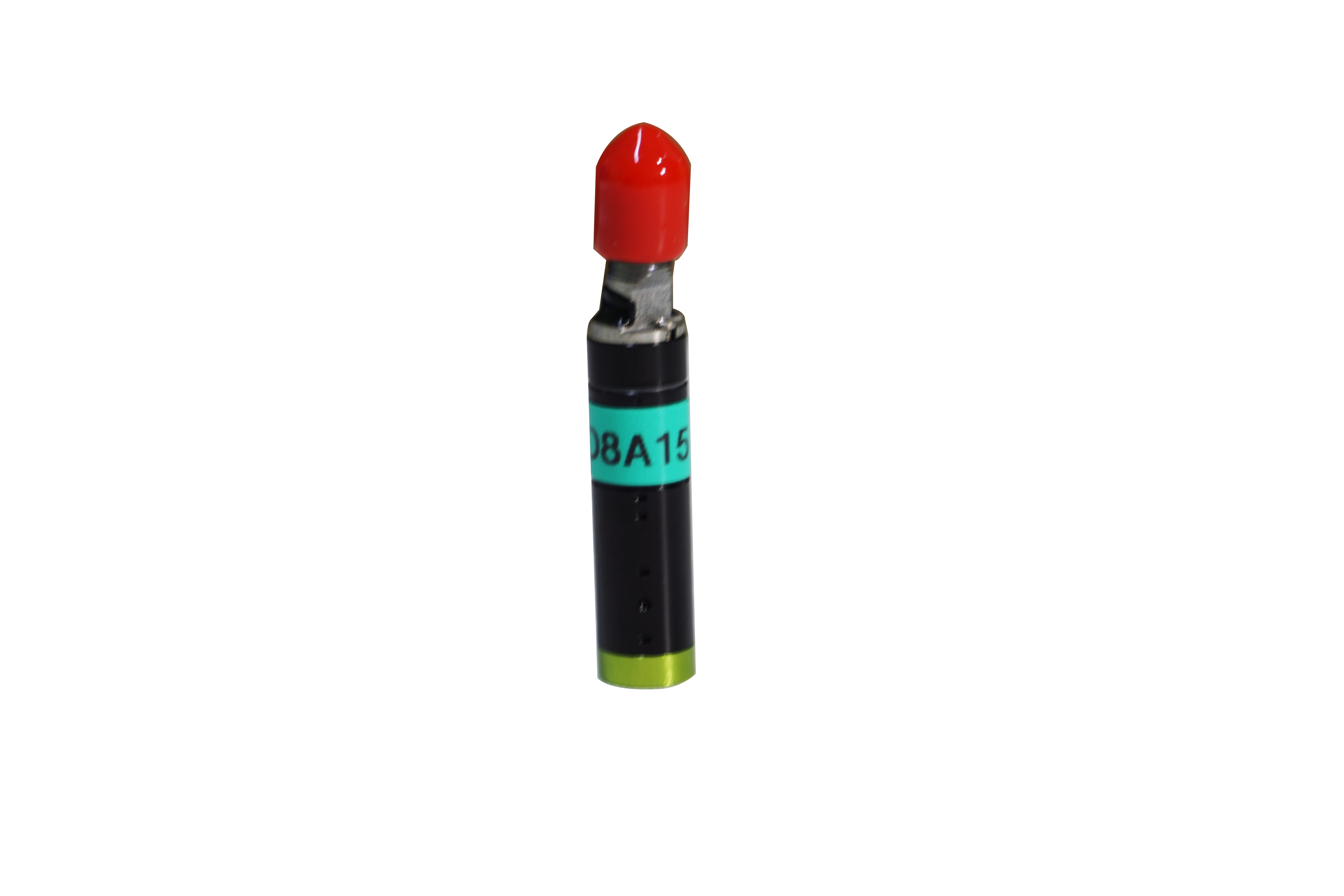2022-08-24
Laser displacement sensor is a sensor that uses laser technology to measure. It consists of a laser, a laser detector and a measurement circuit. Laser sensor is a new type of measuring instrument. It can measure the position, displacement and other changes of the measured object without contact. Can measure displacement, thickness, vibration, distance, diameter and other precise geometric measurements.

The laser has the excellent characteristics of good straightness, and the same laser displacement sensor has higher accuracy than the ultrasonic sensor we know. However, the laser generation device is relatively complex and large, so the application range of the laser displacement sensor is demanding.
Signal processing methods are:
1. Principle of direction differentiation
In practical application, the displacement has two directions, that is, after selecting a direction, the displacement is divided into positive and negative, so using a photoelectric element to measure the moire fringe signal can not determine the displacement direction. In order to distinguish the direction, two Moire fringe signals with π/2 phase difference are needed. As shown in Figure 2, two photoelectric elements are placed at the position of 1/4 fringe spacing apart, and two electrical signals u01 and u02 with phase difference π/2 are obtained. After shaping, two square wave signals u01 'and u02' are obtained. When the grating moves forward, u01 is ahead of u0290 degrees, and when the grating moves backward, u02 is ahead of u0190 degrees. Therefore, the motion direction of the grating can be determined by the circuit phase discrimination.
2. Subdivision technology
With the improvement of the measurement accuracy, the grid distance as the unit can not meet the requirements, it is necessary to take appropriate measures to subdivide the moire fringe. The so-called subdivision is to emit several pulses in one period of the change of the Moire fringe signal to reduce the pulse equivalent. If n pulses are sent out in one cycle, the measurement accuracy can be improved by n, and each pulse is equivalent to 1/n of the original grid distance. Because the counting pulse frequency is increased by n times after subdivision, it is also called n frequency doubling.
There are usually two subdivision methods: one: direct subdivision. Two photoelectric elements placed at the position of 1/4 moire fringe spacing difference can obtain two 90o phase difference electrical signals, and four alternating current signals with a 90o phase difference are obtained after inverting the phase with the inverter. Similarly, by placing four photoelectric elements with 1/4 fringe spacing between the two Moire fringes, four AC signals with a phase difference of 90o can also be obtained to achieve quadruple frequency subdivision. Second: circuit subdivision.



